The Detroit Red Wings have built up a reputation around the league as an organization that excels at finding talent up and down the draft. The likes of Nicklas Lidstrom, Sergei Fedorov, Pavel Datsyuk and Henrik Zetterberg were all selected outside of the top two rounds, with Lidstrom being the earliest at 53rd overall in 1989 (Fedorov was chosen 21 picks later in the same draft.) This speaks to the remarkable work done by the Red Wings’ scouting department, as well as the sheer amount of luck they have had on their side.
But even a sharpshooter misses their target every now and then. The Red Wings are certainly no exception. As an Original Six franchise, they have racked up a high number of misses on the draft floor, some worse than others.
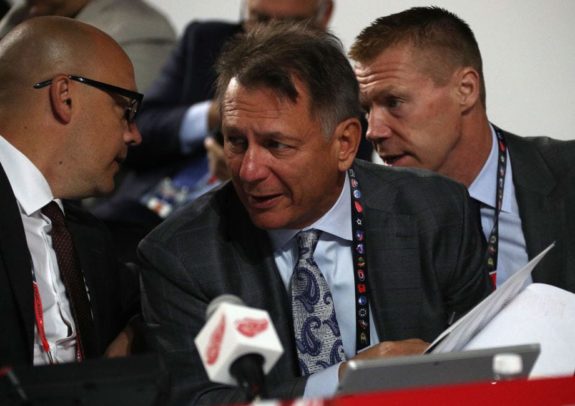
Today, we’re looking at the big misses from years 2000 through 2009. This period of time saw the Red Wings reach the Stanley Cup Final three times, winning it all in 2002 and 2008. Naturally, then-general manager Ken Holland was more likely to trade draft picks than to draft superstars with them. But alas, mistakes were made, and we’re all left to wonder what might have been because of it.
2003: Joe Pavelski (205th Overall)
It’s hard to fault the Red Wings or any particular team when a player falls outside of the top 200. At that point, there’s a stroke of luck involved that you simply cannot count on when drafting. Furthermore, Holland and the Red Wings came away with goaltender Jimmy Howard and defenseman Kyle Quincey with their first two picks of this draft (64th and 132nd overall, respectively). Realistically, that’s a solid haul considering their lack of draft capital.
After those two, the Red Wings completely struck out, going 0-for-6 on their remaining picks. So while adding Howard and Quincey was good, their “reload” in the years following Steve Yzerman and Brendan Shanahan’s departures could have been enhanced further had they added one more NHL player.
Despite waiting until the 205th selection before the San Jose Sharks took a shot on him, Joe Pavelski is tied for the fifth-most points in the draft class and ranks sixth in goals-scored. He was also the captain of the Sharks from 2015 to 2019. In a re-draft, he would undoubtedly be a top-10 pick.
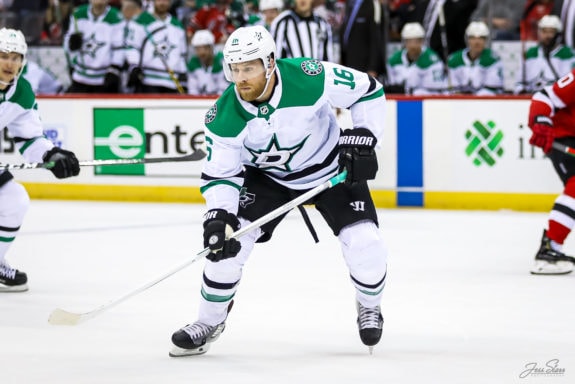
Pavelski broke into the league during the 2006-07 season, and he received votes for the Selke Trophy (awarded to the league’s top defensive-forward) every year from 2008 to 2018. He likely would have been a favorite of former Red Wings head coach Mike Babcock, and his inclusion on the Wings’ depth chart likely would have erased the infamous Stephen Weiss-signing from ever happening.
Instead, the Red Wings picked Stefan Blom 11 picks before the Sharks found a diamond in the rough.
2005: Keith Yandle (105th Overall)
This draft wasn’t necessarily a bad one for Holland and the Red Wings. They added defender Jakub Kindl in the first round, winger Justin Abdelkader in the second round and forward Darren Helm in the fifth round. While none of them became superstars, the trio gave the Red Wings 1,709 regular season games-played (GP), with that number continuing to climb as Helm remains with the team.
However, the Red Wings’ biggest blunder occurred in the fourth round of the draft. At pick 103, they selected Swedish winger Mattias Ritola, who had produced a point-per-game clip in the Swedish junior league in the year leading up to the draft. Unfortunately, he would play over 200 games with the Grand Rapids Griffins – the Red Wings’ AHL-affiliate – but only seven in Detroit.
Two picks later, the then-Phoenix Coyotes selected defenseman Keith Yandle out of high school. After a single season in the QMJHL and then another season and a half in the AHL, he was playing with the Coyotes on a full-time basis. Before he was traded to the New York Rangers in 2015, he accumulated 311 points through 558 regular season games with the ‘Yotes.
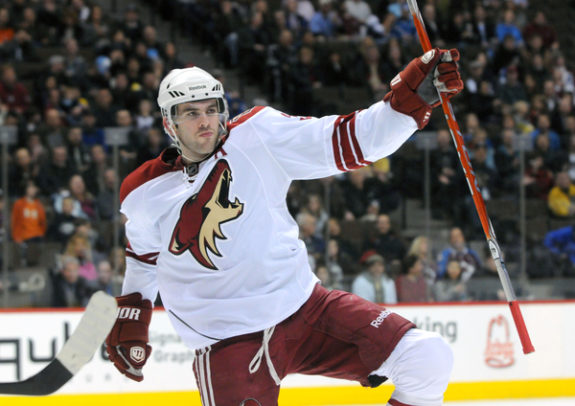
Nowadays, Yandle is still a top-four defenseman playing key offensive minutes for the Florida Panthers. There’s no telling whether or not he would have stuck with the Red Wings had they selected him back in 2005, but he certainly would have added an offensive element to their blue line. Given that he is still producing in the NHL as a 34-year-old, this pick would have been a home run based solely on longevity – he could very well cross the 600-point and 1,000 games-played milestones during the 2020-21 campaign.
2008: Roman Josi (38th Overall)
When you win a Stanley Cup championship, it’s very easy to overlook the draft. Heck, it’s pretty shocking that the Red Wings still held their first round pick entering the 2008 draft considering their history of trading those picks to help boost the on-ice roster. But after winning the Cup on the backs of a 43-year-old Dominik Hasek and a 35-year-old Chris Osgood, Holland and the Red Wings snagged goaltender Thomas McCollum with the 30th pick.
McCollum became a bit of a household name in the Grand Rapids area as he spent eight seasons with the Griffins. To this day, he holds the franchise record for GP (228), but he never broke-out in a meaningful way. He has just three games of NHL experience, with all of them coming in relief of someone else.
Just eight picks later, the Nashville Predators selected their current captain as well as the most-recent winner of the Norris Trophy as the league’s top defenseman: Roman Josi. The Swiss defenseman didn’t have a crazy draft year in terms of offensive production, but you could see that he had a solid foundation to build on. He made his way over to North America to start the 2010-11 season and had a very successful season with the Milwaukee Admirals (69 GP, 40 points). The next season, he played 52 games with the Predators and the rest is history.
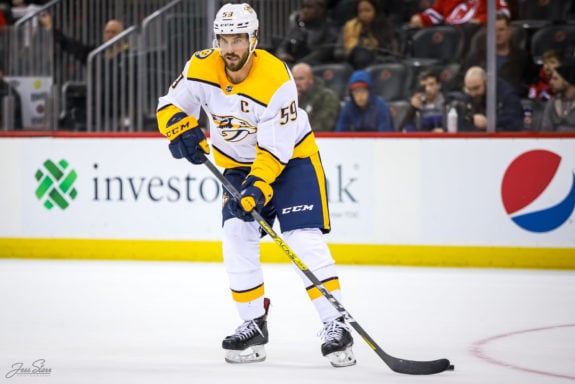
Without a doubt, Josi would have become and would still be the Red Wings’ top defenseman. At just 30 years old, he still has a lot of tread left on his tires, and is a big reason why the Predators still pose a threat in the Central Division. To make matters worse, the opportunity-cost of drafting a defenseman over a goalie at 30th overall could have been mitigated further down in the draft….
2008: Braden Holtby (93rd Overall)
After drafting McCollum with the 30th pick, the Red Wings did not make another selection until pick 91, when they selected defenseman Max Nicastro. While he had a solid draft year with the Chicago Steel of the USHL, as well as an even better follow-up season, his success started to fall off once he joined Boston University for the 2009-10 season. His offense basically disappeared, and his defensive game wasn’t strong enough to warrant higher usage.
Nicastro played primarily with the Red Wings’ ECHL affiliate, the Toledo Walleye, during his time within the organization. From there, he spent half a season in Slovakia before returning to play with the Orlando Solar Bears of the ECHL. He most recently played with the ECHL’s South Carolina Stingrays during the 2016-17 campaign.
Continuing with the theme, just a couple picks later, the Washington Capitals drafted the goalie that would help lead the team to their first ever Stanley Cup championship. Holtby, who would win the 2016 Vezina Trophy as the NHL’s top goaltender, was a kid who got better as he got older. His time with the Saskatoon Blades of the WHL wasn’t anything special (though he did secure 40 victories during the 2008-09 season) but his game hit another level when he joined the Hershey Bears of the AHL – the Capital’s affiliate. Through 132 games, he had 14 shutouts and a .919 save-percentage (SV%).
Imagine how different the Red Wings of the mid-2010’s would have looked with the additions of Josi and Holtby. We likely are talking about the Red Wings’ playoff streak in the present tense instead of how long their rebuild is going to take. Despite winning the Stanley Cup in 2008, it can be argued that the failures on the draft floor that year were what set in-motion the Red Wings’ eventual decline.
2009: Ryan O’Reilly (33rd Overall)
In 2009, the Red Wings were coming off a Stanley Cup Final defeat at the hands of the Pittsburgh Penguins. Just like the year before, drafting a stud wasn’t the top thing on the organization’s wish-list – though they did come away with some solid players from this draft: Tomas Tatar (60th overall) and Nick Jensen (150th overall). But at pick 32, the Red Wings took a shot on a kid with a well-known name: Landon Ferraro, son of Ray Ferraro.
Despite his prestigious bloodline, Ferraro could never really make it work. He played 270 games with the Griffins, collecting 140 points along the way, but snuck into just 17 regular season games, along with seven playoff games with the Red Wings. After a 10-game stint with the Wings to start the 2015-16 season, he was waived. After the Boston Bruins picked him up on waivers, he would play 60 more games in the NHL before fading into obscurity.
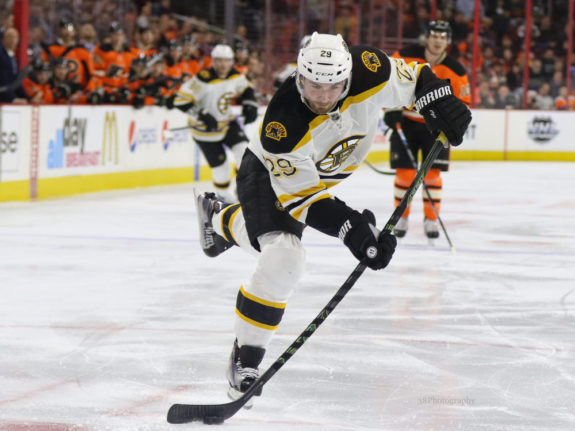
One pick after the Red Wings took Ferraro, the Colorado Avalanche selected center Ryan O’Reilly.
Let me repeat that: One. Pick.
Now a top pivot with the St. Louis Blues, O’Reilly is a regular vote-getter for both the Lady Byng Trophy (awarded to the league’s “Most Gentlemanly Player”) and the Selke Trophy. He won the former following the 2013-14 season; he won the latter after the 2018-19 season. On top of those accolades, he was also the Blues’ playoff MVP during their 2019 run to the Stanley Cup, earning him the Conn Smythe Trophy.
Yes, there’s that whole thing about Tim Horton’s, but pushing that aside, the Red Wings missed out on a true two-way center that, at 29 years old, could feasibly still be effective at what he does for the next three to five years. What makes this one sting even more is that, as of this writing, one of the biggest holes in the Red Wings’ roster is another top-six center to go along with Dylan Larkin.
Honorable Mentions:
2001: Tomas Plekanec (71st Overall)
The Red Wings did not make a selection in this draft until pick 62. With that pick, they selected right winger Igor Grigorenko. While he went on to have a fine career over in Russia, he never played a game with the Red Wings (he did, however, play five games with the Griffins during the 2007-08 season.)
Given that the Red Wings didn’t make a selection until pick 62, it would have been nice to get something out of that pick. To make matters worse, just nine picks after the Red Wings took Grigorenko, one of their Original Six rivals, the Montreal Canadiens, would take a player that would skate in just over 1,000 NHL regular season games: Tomas Plekanec.
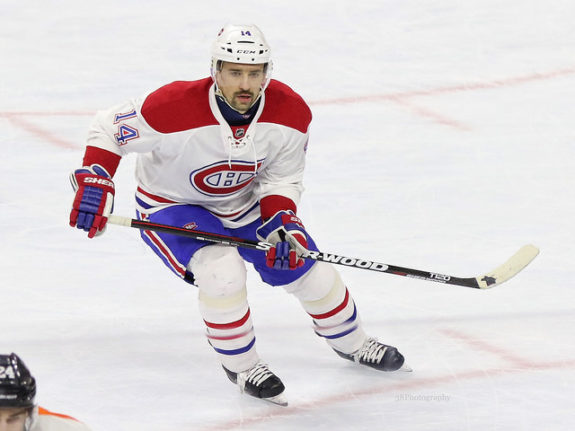
Plekanec was a two-way, top-six center in his heyday. He received votes for the Selke Trophy in multiple years, and he finished his career with 608 points through 1,001 regular season games. He also captained Team Czech Republic during the 2016 World Cup of Hockey.
2006: Brad Marchand (71st Overall)
The most successful NHL player the Red Wings took in the 2006 draft was forward Shawn Matthias, but he found that success after the Wings traded him to the Florida Panthers in-exchange for winger Todd Bertuzzi. However, the pick that they would most-likely want to do over is pick 62, where they selected Swedish forward Dick Axelsson.
Axelsson played a whopping 17 games with the Griffins during the 2009-10 season before returning back to Sweden. He never returned to North America. Nine picks later, another Original Six foe – the Bruins – selected a small forward whose offensive game would soon explode alongside his ability to get under his opponent’s skin.
Marchand is one of those players that you absolutely hate unless he’s on your team. Over the last four seasons, he has averaged 1.21 points per-game (P/G), as well as 1.08 penalty minutes per-game. Over that same time period, he has received votes for the Selke Trophy as well as the Hart Trophy, awarded to the league’s most valuable player. Simply put: the Red Wings whiffed on their pick while the Bruins hit a grand slam with theirs.
2007: Jamie Benn (129th Overall)
The Red Wings made just five picks in the 2007 draft, headlined by defenseman Brendan Smith at 27th overall. They did not make another selection until pick 88 when they selected Swedish center Joakim Andersson – a name that only the most adept at Red Wings trivia likely remember.
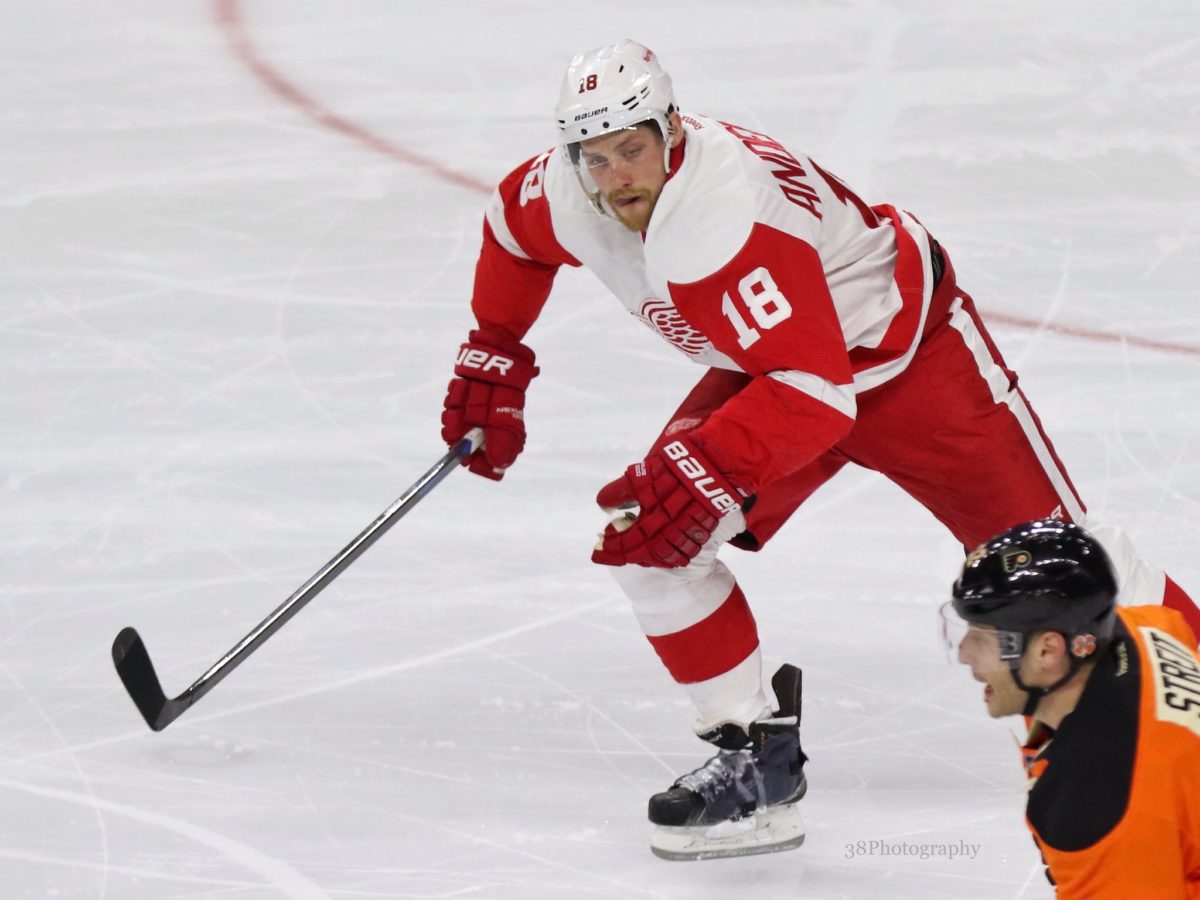
This draft miss is a bit of a stretch given that 40 picks were made between the Red Wings taking Andersson and the Dallas Stars selecting their current captain Jamie Benn. Who knows where Holland and the gang had Benn on their draft list – if he was on their list at all. What is undeniable, however, is the amount of success that Benn has had since breaking into the league as a 20-year-old.
He was a Hart Trophy finalist following his efforts during the 2015-16 season. He won the Art Ross Trophy for collecting 87 points – the most in the league – the season prior. He captained his Stars to the Stanley Cup Final in the Edmonton bubble this year. He sits in third place among his fellow 2007 draftees in terms of points scored. Just like his teammate Pavelski, Benn was an absolute steal, and the Red Wings could have made out like bandits.
Re-Write History
Revisionist history is a dangerous thing. It can be a lot of fun to imagine the absolute all-star roster the Red Wings could have if they had drafted guys like Pavelski, Josi and O’Reilly. However, there’s no guarantee that those players would be who they are today if the Red Wings were the ones who drafted them. After all, everyone is aware of that notorious “Red Wing Way” when it comes to handling their prospects.
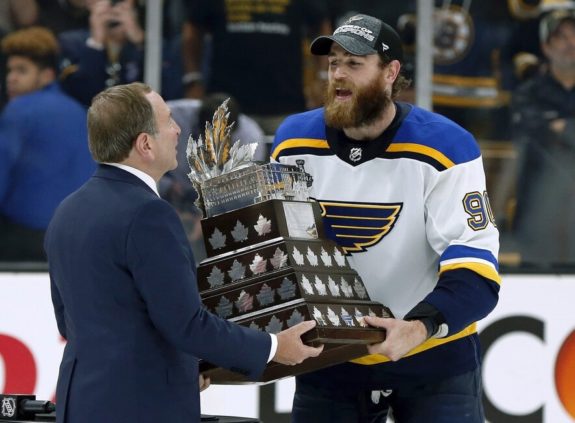
Furthermore, to fanaticize about what could have been ignores the positives about what is, and what could be. Yes, the mistakes made on the draft floor played a big role in leading the Red Wings to the NHL’s basement in 2020. Another way of looking at it, however, is that those mistakes also led the Red Wings to the likes of Larkin, Filip Zadina, Moritz Seider and Lucas Raymond.
The trick now is to make sure that those names don’t end up on a future list like this one.